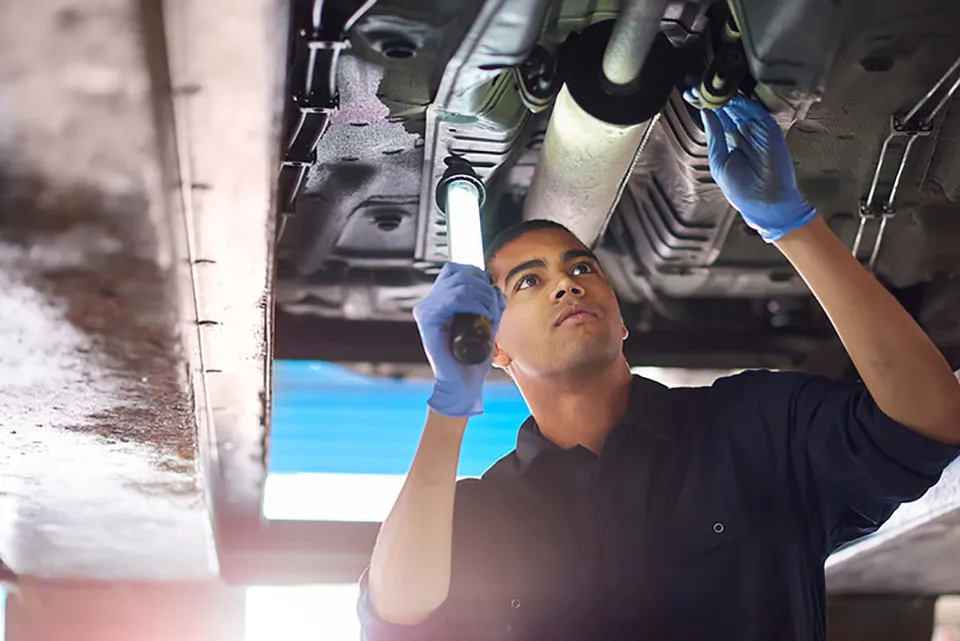Proposals to change the current MOT regime being considered by the Government could create a risk management dilemma for fleets, says CFC Solutions.
Press reports over the weekend indicate that a new system could be adopted so that the first MOT happens after four years and then every two years, rather than the current three years and then annually requirement.
Neville Briggs, managing director at CFC, said that in high mileage fleet situations, the proposed gaps, notably for the first MOT, could be too long to ensure safety and may potentially create a risk management headache for employers.
He said: “Fleet managers who run a four year/80,000 mile cycle already know that the current, three year MOT will often pick up minor – and occasionally more significant - faults on a car that could be a contributory factor in an accident. A vehicle that has covered 60,000 miles in three years may have some problems.
“In an ideal world, these faults would be identified by the dealer as part of the general service and maintenance regime or by drivers undertaking regular, basic safety checks – but the overall condition of the vehicle is not their responsibility and the three year MOT remains an important point where a car or van receives a clean bill of health just at the point in its life where it may be developing problems.”
Briggs added that the proposed change could also put fleet managers in the difficult position of downgrading their risk management requirements.
He said: “Fleets have spent the last decade dramatically increasing the attention that they pay to issues such as safety and regular vehicle checks but this proposal would actually reduce their obligations. It is difficult to reconcile this with the health and safety requirements of comprehensive fleet risk management policies.”
Briggs said that the only positive that could be drawn from the move was that it could reduce fleet running costs marginally.
He concluded: “The expense of the three year MOT would be removed but seeing as the actual price of the test itself is quite low and that any resulting costs will normally be safety-related, this seems very much like a false economy.”

















Login to comment
Comments
No comments have been made yet.